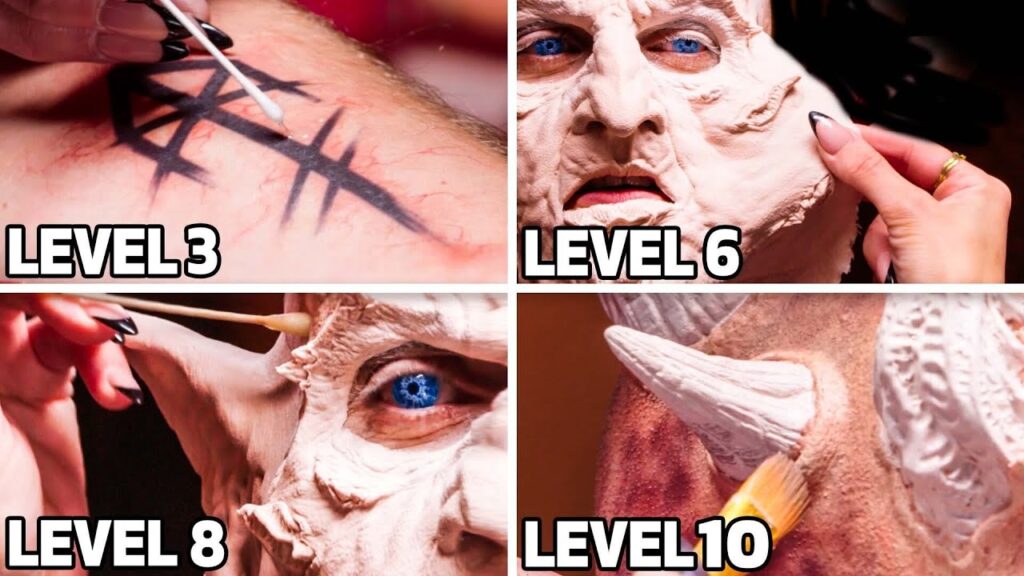Marathon Training: Expert Advice from Des Linde
Summary
Des Linde, a professional marathon runner, provides expert advice on marathon training, running gear, and race day preparation. Des emphasizes the importance of staying on track in training schedules and gradually building up endurance. The expert also discusses proper hydration, stretching, and nutrition to prevent cramping and injuries. In addition, Des shares recommendations for running gear, including running shoes and foam rollers.
Table of Contents
- The Importance of Sticking to the Marathon Training Schedule
- How to Hydrate and Avoid Cramping during a Marathon
- Running Gear for Marathon Training: Shoes and Foam Rollers
- Speed Work for Half Marathon Training and Long Runs
- Tips and Tricks for Keeping Running Fresh and Engaging
- Strength Training: Pushups, Sit-ups, Planks, and Squats
- Marathon Nutrition: Post-Run Protein Shakes and Eating Habits
- Conclusion: Start Small and Build Up Your Endurance
Introduction
Running a marathon can be an incredible personal and athletic challenge. However, it requires physical and mental preparation, consistent training, and the right gear. To avoid injuries, cramping, and exhaustion during a marathon, runners need to be aware of proper hydration, nutrition, and stretch techniques. In this article, Des Linde, an experienced marathon runner, shares her expert advice on marathon training, running gear, and race day preparation.
Q&A
The Importance of Sticking to the Marathon Training Schedule
Q: What should you do if you miss a training run?
A: We recommend sticking to the training schedule as closely as possible to avoid exhaustion during the marathon. However, if you miss a run, do not try to make up for it by running longer or faster. Instead, resume the training schedule where you left off.
Q: How can you make long runs more manageable?
A: For longer runs, it can be helpful to have a friend or family member hand you drinks along the route. Alternatively, you can leave drinks and snacks hidden along the route. This way, you can stay hydrated and energized throughout the run without having to carry a heavy water bottle.
How to Hydrate and Avoid Cramping during a Marathon
Q: How do you prevent cramping during a marathon?
A: Proper hydration and stretching are crucial to prevent cramping during a marathon. Make sure to drink plenty of water in the days leading up to the marathon and to hydrate during the race. Stretching before and after the race can also help prevent cramping.
Q: How can you recover from cramping during a marathon?
A: If you experience cramping during a marathon, slow down and try to stretch the affected muscle. You can also massage the muscle or apply heat or ice to reduce pain and inflammation.
Running Gear for Marathon Training: Shoes and Foam Rollers
Q: What kind of shoes should you wear when training for a marathon?
A: We recommend using lightweight shoes for marathon training to reduce the risk of injury. Des Linde uses cushion trainers for regular runs, and racing flats on race day. Make sure to replace your shoes every 300 to 500 miles to prevent injuries.
Q: Should you use a foam roller before or after running?
A: It can be helpful to use a foam roller before and after running to prevent injuries and reduce muscle soreness. Foam rolling can help loosen tight muscles, improve flexibility, and increase blood flow.
Speed Work for Half Marathon Training and Long Runs
Q: What are some good speed workouts for half marathon training?
A: Adding strides, or short bursts of fast running, at the end of a run can help improve speed and cardiovascular fitness. Other speed workouts could include interval training or hill repeats.
Q: How long should long runs be when training for a marathon?
A: Long runs should gradually increase in distance over the course of marathon training. Start with shorter distances, such as six miles, and slowly build up to 20 miles or more.
Tips and Tricks for Keeping Running Fresh and Engaging
Q: How can you switch up a boring running route?
A: Running with a partner or group can help make running more social and engaging. You can also try running the route in reverse or exploring new areas.
Q: Is it true that you can eat anything you want while training for a marathon?
A: No, it is not true! Proper nutrition is crucial for marathon training. Make sure to eat a balanced diet with plenty of whole, nutrient-dense foods. It can also be helpful to eat small meals throughout the day and to replenish carbohydrates and protein after a long run.
Strength Training: Pushups, Sit-ups, Planks, and Squats
Q: Why is strength training important when training for a marathon?
A: Building strength is crucial to prevent injuries and improve endurance. Basic bodyweight exercises such as pushups, sit-ups, planks, and squats can help improve overall fitness and prevent muscle imbalances.
Q: When should you do strength training exercises?
A: We recommend doing strength training exercises two to three times per week. Make sure to leave at least two days of rest between strength training sessions to allow for proper muscle recovery.
Marathon Nutrition: Post-Run Protein Shakes and Eating Habits
Q: Do you recommend drinking a protein shake after a long run?
A: Yes, Des Linde recommends drinking a protein shake after a long run to aid in muscle recovery. A protein shake can also help replenish lost nutrients and reduce muscle soreness.
Q: Do you have any eating habits you recommend for marathon training?
A: We recommend eating a balanced diet with whole, nutrient-dense foods. Make sure to eat small, frequent meals throughout the day to maintain energy levels. It can also be helpful to eat carbohydrates and protein within 30 minutes to an hour after a long run to aid in recovery.
Conclusion
Marathon training can be challenging, but with proper preparation and advice, it can also be extremely rewarding. By following the expert advice of Des Linde, runners can improve their endurance, prevent injuries and cramping, and enjoy the experience of running a marathon. Whether you are a beginner or an experienced runner, it is important to start small and gradually build up your endurance to reach your goals.







